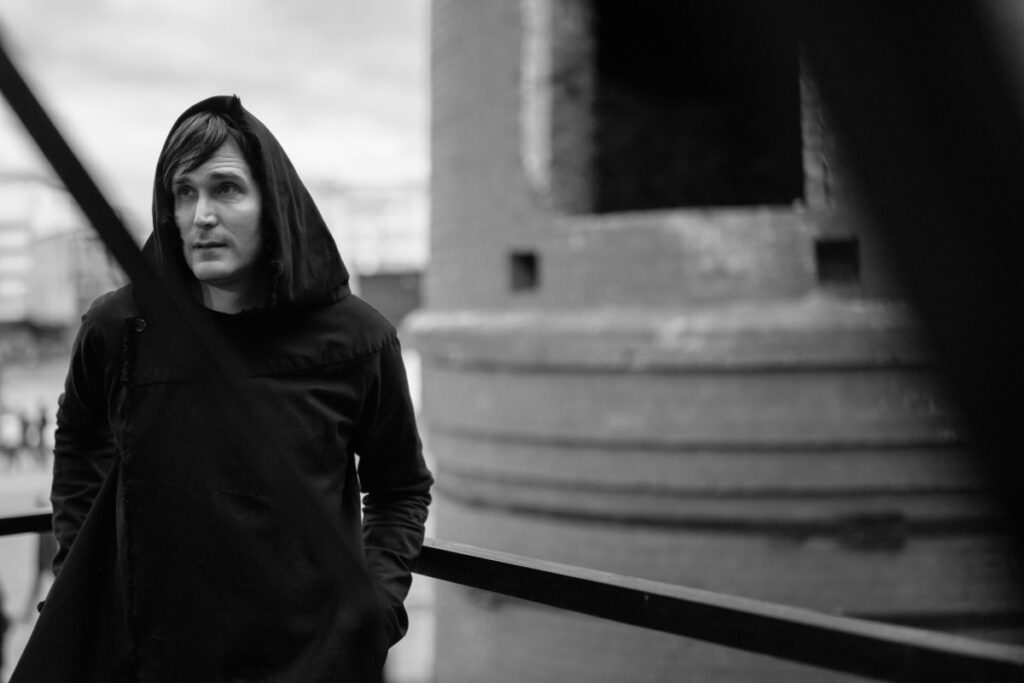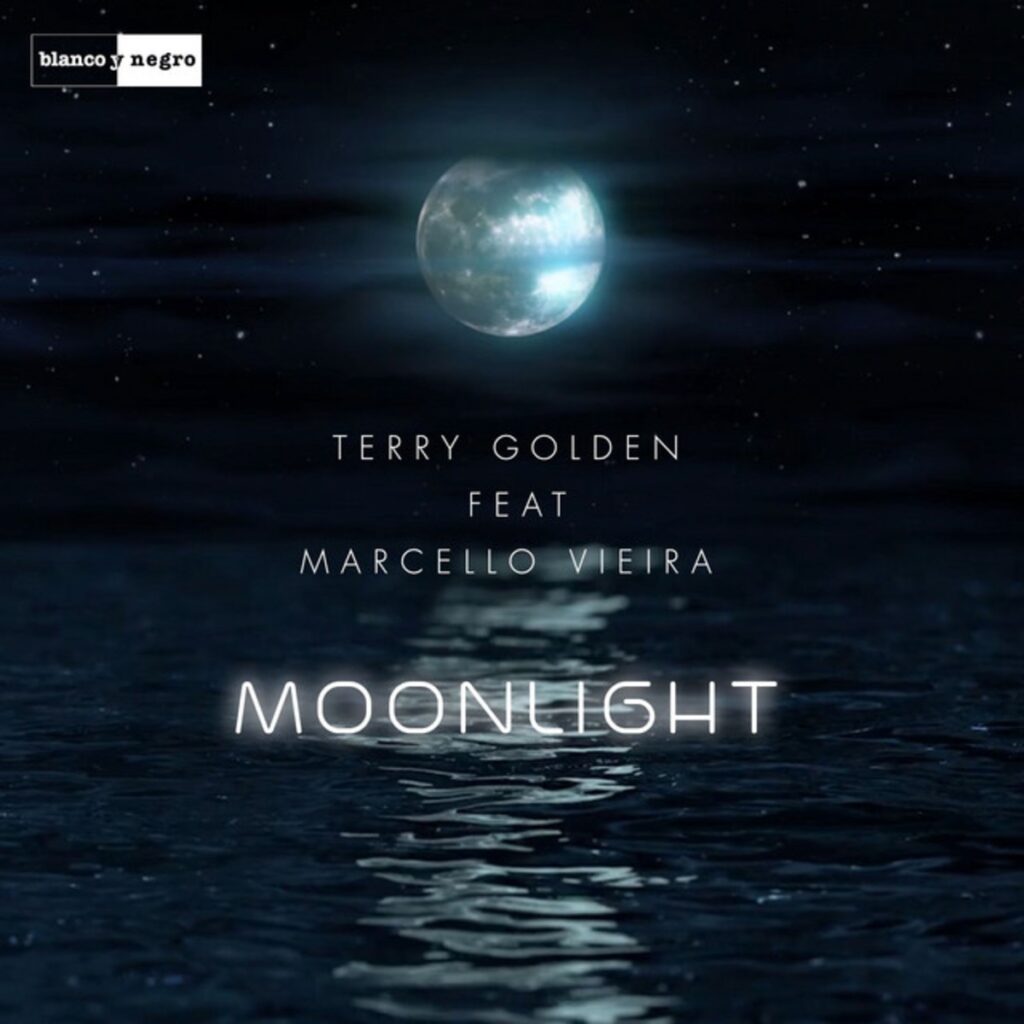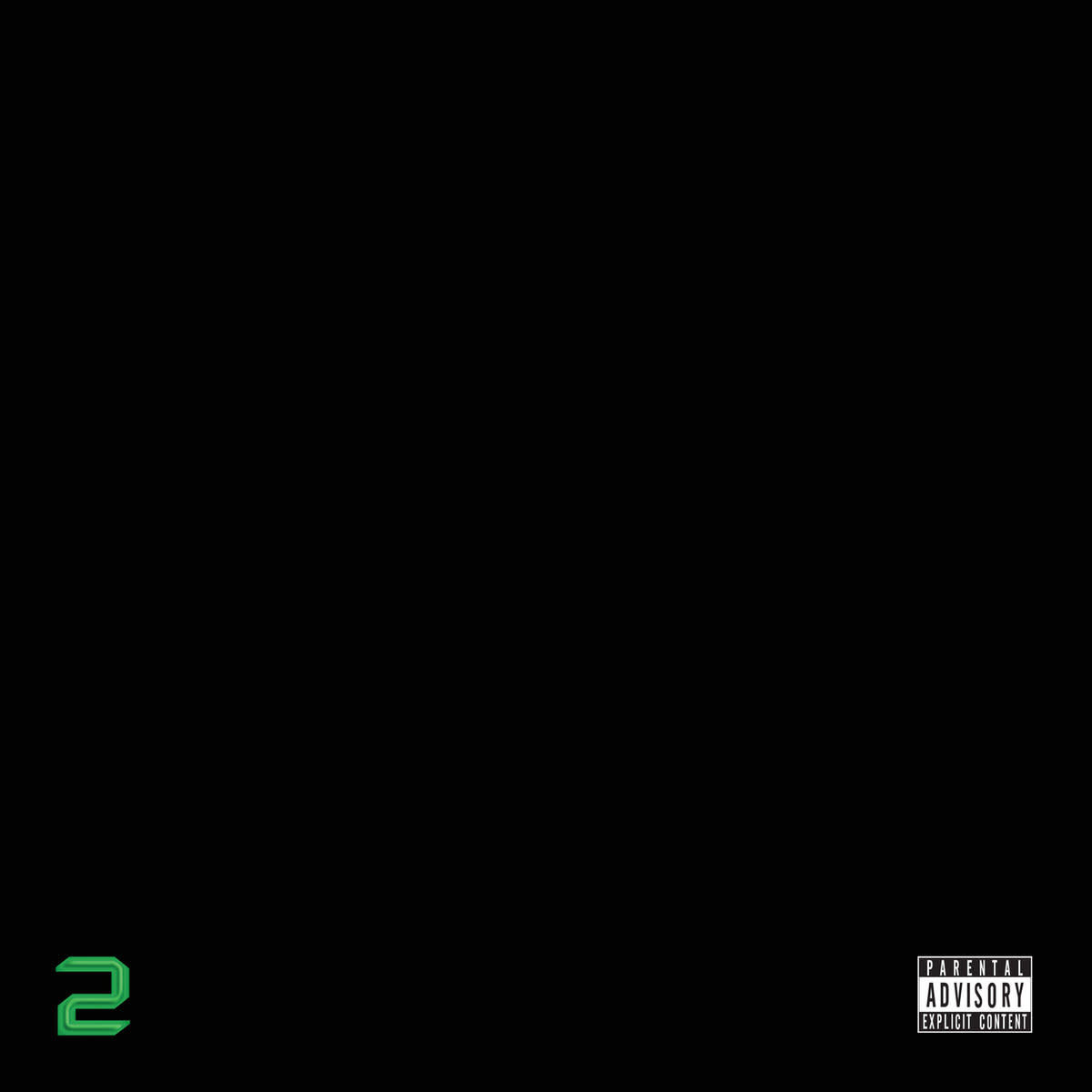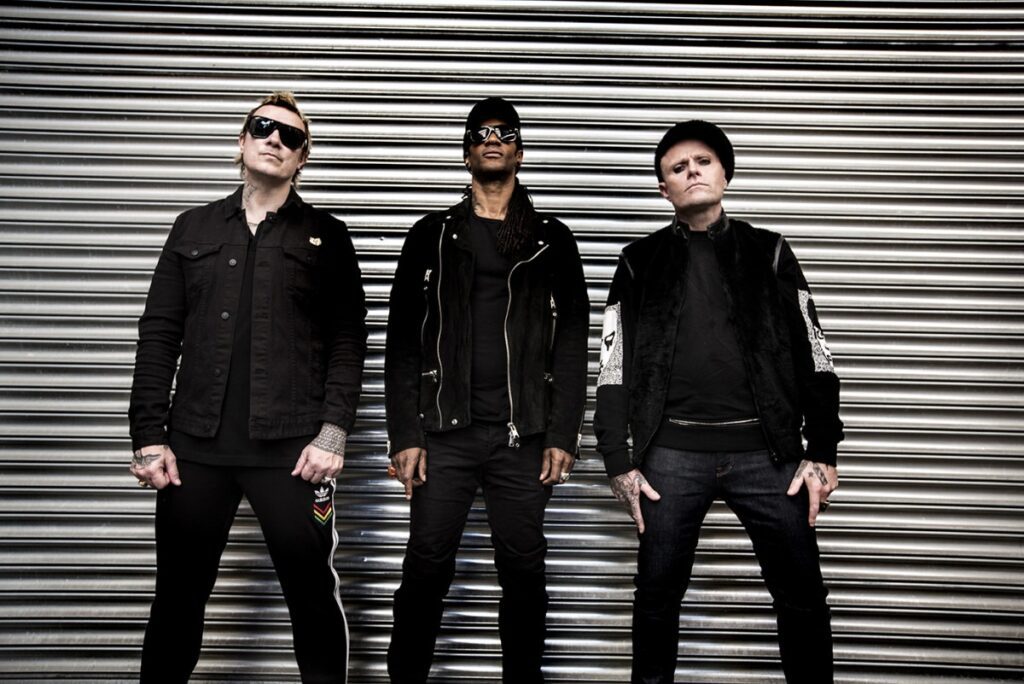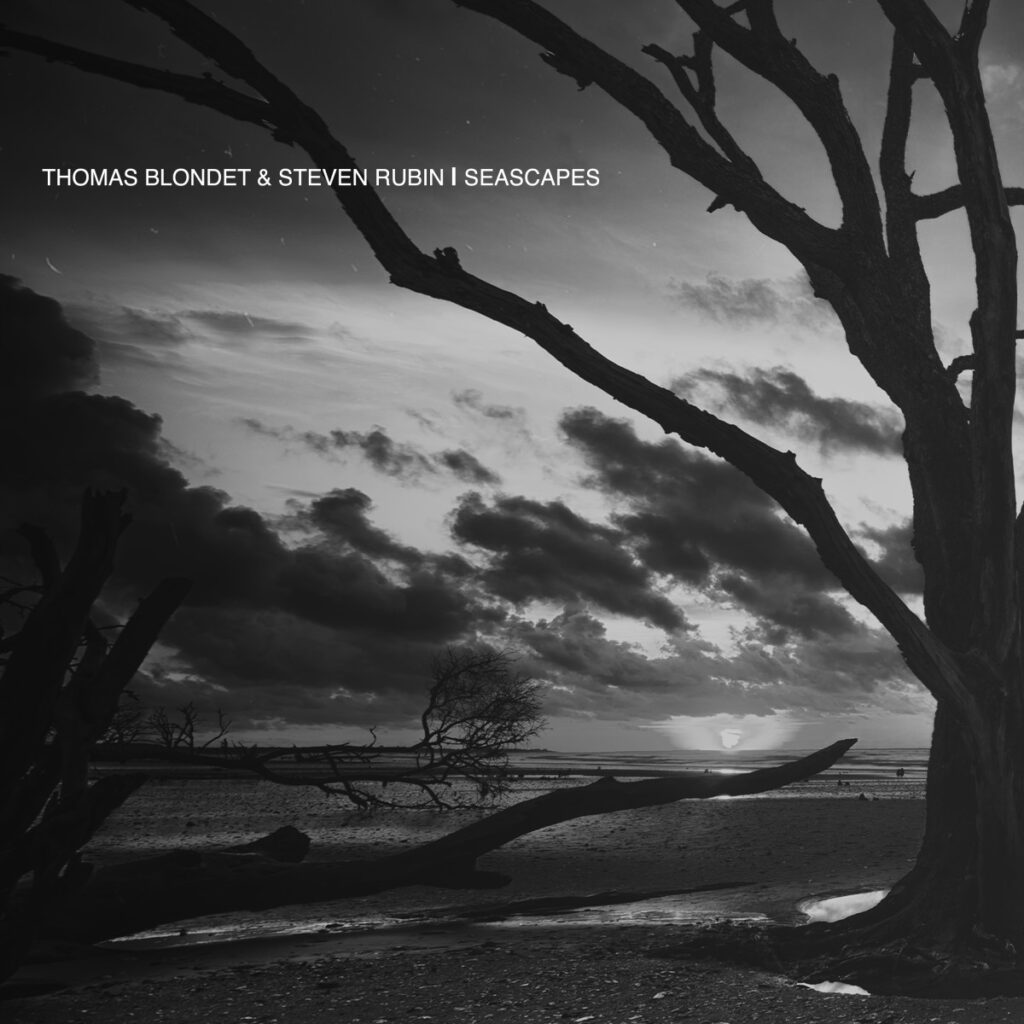American composer and mastering engineer Rafael Anton Irisarri has released his powerful new album Peripeteia. Combing dark, droning walls of noise with celestial melodies, the album embraces the powerful paradoxes of light and dark. Built with tape loops, bowed electric guitar and loads of washed out distortion, the project is cavernous like being caught down in a deep and dark subterranean cave. Dark, haunting and beautiful, this is a project you need to be listening to today.
For our isolation ambient feature, we decided to chat with Irisarri to learn more about the album, how ambient is being hijacked by mood playlisting services and more.
Stream the full project now and get your copy here.
1. What is the greatest challenge in making ambient, experimental music interesting?
Ambient music is a deceptively simple style of music. It seems on the surface as if anyone can do it at home. This is true to a certain extent – it's not hard to do at all from certain technical perspectives.
Making ambient music requires an entire different set of listening skills – deep listening, as coined by the late great Pauline Oliveros. It's about focusing on areas most people don't, and bringing those into the forefront, adapting to the recording environment and creating something in which the process itself is as important as the composition. Ambient is not so much about the sound quality or the performance of the musician but rather the content itself: is it memorable? That's why something like Harold Budd & Brian Eno's “Not Yet Remembered” is a masterpiece and the YouTube 800% slow-downed wasteland total rubbish. This very specific characteristic makes ambient an easy genre to dismiss as either amateurish or pedantic.
The best correlation I can think of to making “ambient music” is stand-up comedy: it's one thing to tell jokes to a couple drunken friends at a party and another to build an entire routine that works with a crowd at a comedy club. The same can be said about ambient – it takes a lot of time to develop and find your own sound, whilst learning to communicate complex ideas in this musical language, which is minimalistic and shy by nature.
2. Why do you think ambient music is having such a big moment right now?
We've seen many innovations in ambient music over the last decade alone – if we just speak on a technical level, the huge array of tools at our disposal these days is unbelievable. These technological innovations have in turn created entire sub-genres in their own right. If you listen to a lot of the sounds I've created over the last ten years, I'm relying on VST effects and DSP (Digital Signal Processing) that wouldn’t have been possible 25 years ago. I've tried to create a unique sound out of a technology that is often quite literally meant to be precise and homogenous by design. I would like to think what I create is memorable enough to stand the test of time and be enjoyable on repeated listening, as it ages, like a good wine. Some of my favorite music has this quality.
That said, I don't think ambient is having anymore of a bigger moment than it did 10, 15, or even 20 years ago. Ambient has never reached critical mass in the mainstream. Part of the reason “ambient music” here in America never has reached such “status” is probably our general lack of patience. As you know, this kind of music requires a degree of time commitment – it's not the usual 4 ½ minute song, in fact, the “standard” piece if usually 8 – 12 minutes long. Ambient is also an acquired taste – it doesn't necessarily provide instant gratification to the casual listener skipping from track to track on streaming services.
What I've seen more of, and this entirely due to “mood” playlisting on streaming services, is some artists out there who are making a specific type of “ambient” to be playlisted. You see it more frequently with techno DJ's, etc jumping into the ambient “trend” by making beatless music and try their luck at the streaming site-curated playlist game. We now see many electronic music scene “outsiders” creating “ambient” for same reason. And then of course, there are the Muzak clearing houses: This has been talked about ad nauseum on many industry exposés on so-called “fake artist” trends – companies like Epidemic Sound and their catalog of ambient rip-offs.
There are companies dedicated to creating “content” for playlists. They've got composers on staff, which get paid to create royalty-free clones of well-established artists. One way they analyze the data: the platform can see which songs are performing really well (and thus costing a lot of money on royalty payments – millions of plays on site-curated playlists since they have a wide reach and audience translate to thousands of dollars every month), so the clearing house can create something that sounds near identical. It is somehow legal. I reckon this practice comes from the advertising world, where agencies create music for an ad “inspired” (i.e. rip-off) by the music they don't want to pay the licensing fee. The clearing houses working with these notorious streaming services take it to the next level and you end up with “artists” like Jonci (with a “C”) who have millions of plays, sounds exactly like Sigur Ros, and you have zero information on who made the song. It's a massive problem for artists like myself, who previously found a bit of a windfall when our songs would end up on a site-curated playlist and generate a decent number of revenue.
3. When composing for visual projects and mixing for other musicians there are pretty clear definitions of what to do, but when making your own music, there are no boundaries. Do you find that freedom liberating?
No, it actually comes with its own set of caveats – narrowing your focus is a big one. Most important for me is to be inspired. I set myself with some limitations when I'm working, as it seems to focus my approach when composing. Before I get started writing, I spend a significant part developing banks of sounds, loops, synth & guitar patches, effect chains, etc. Once I have a descent amount of building blocks, I start to write. I view it like making a meal: first you gather your ingredients, then you do all the prep work, and finally you start to cook.
4. Metal and classical are seemingly two very opposite sides of the music spectrum. How do you get them to work together in your music?
Classical music has been a huge influence on metal. From the usage of the tritone (a.k.a the “devil's interval” flat 5th), quintessentially the most metal-sounding interval, to harmonic minor scales, Gregorian modes like Phrygian & the usage of the Locrian mode, the list is very long. Just to name a couple examples: legendary guitarist Eddie Van Halen notoriously played bits of the “Tocatta En Fugue In D Minor” By Johann Sebestian Bach during his iconic “Eruption” solo. Heavy Metal pioneer Geezer Butler (Black Sabbath's co-founder) was an avid classical music listener and was massively influenced by it. Some musicologists will even argue Brahms invented all guitar solos. Romanticism was certainly a big influence on metal. I can go on and on and on. To me it only feels natural to combine something like Arvo Pärt with Bathory.
If you need to relax a little more, Joy Organics has a Memorial Day sale with 25% off on all items site-wide until May 26.
Magnetic takes a commission on affiliate links in this article.


